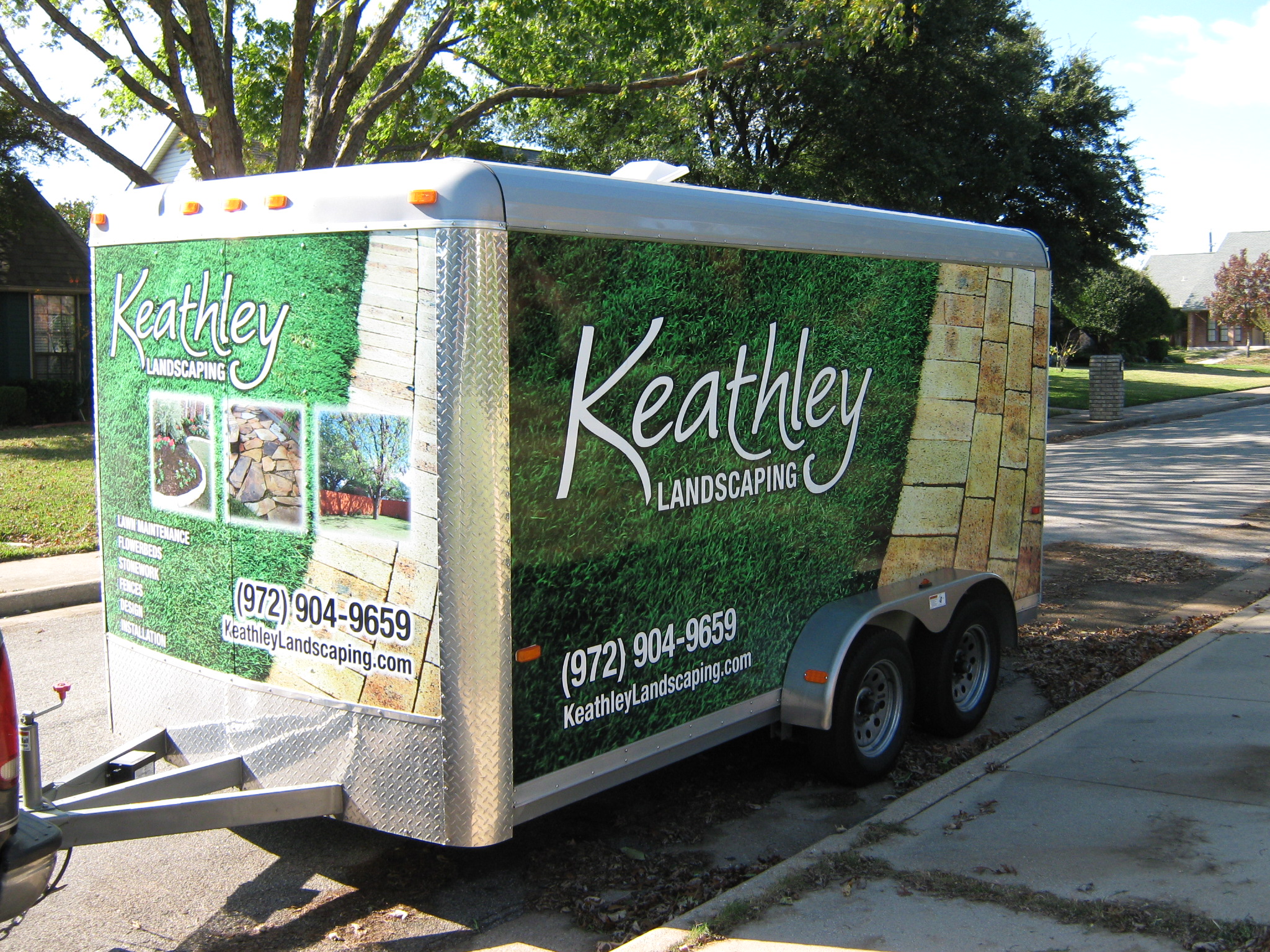French Drains: The Role of Innovation in Modern Landscaping
Welcome to the world of modern landscaping, where functionality meets aesthetics in the most innovative ways! One of the unsung heroes of smart garden design is the French drain. If you’re wondering how this simple yet effective tool has evolved over the years, you’re in the right place. Let’s dive into the role of innovation in the use of French drains in contemporary landscaping. 🌿
Table of Contents
1. What Are French Drains?
2. The Evolution of French Drains
3. Benefits of Using French Drains
4. Innovative Designs and Materials
5. Conclusion
6. FAQs
What Are French Drains?
Before we delve into innovation, let’s cover the basics. A French drain is a trench filled with gravel or rock, containing a perforated pipe that redirects surface water and groundwater away from an area. It’s a simple solution that prevents water from damaging structures and landscapes. Think of it as a secret passageway for water! 🚰
The Evolution of French Drains
The concept of French drains dates back to the 19th century, named after Henry Flagg French, who popularized the idea. Initially, these drains were rudimentary, relying solely on gravity and basic materials. Fast forward to today, and we see significant advancements in design and materials, making them more efficient and environmentally friendly.
Benefits of Using French Drains
So, why should you consider French drains for your landscaping project? Here are a few compelling reasons:
💧 Effective Water Management: French drains efficiently channel water away, preventing pooling and soil erosion.
🌱 Protects Your Landscape: By preventing waterlogging, these drains help maintain the health of your plants and lawn.
🏡 Safeguards Structures: Keeping water away from foundations reduces the risk of structural damage and basement flooding.
Innovative Designs and Materials
In recent years, the landscape industry has embraced innovation to enhance the functionality of French drains. Here are a few noteworthy advancements:
🚀 Eco-Friendly Materials: Many modern French drains use recycled materials, reducing environmental impact while maintaining efficiency.
🔧 Permeable Pavers: These allow water to seep through, reducing runoff and improving drainage.
📐 Smart Design Software: Advanced software helps landscape architects design French drains that integrate seamlessly into any garden layout.
Conclusion
French drains are a testament to how a simple idea can evolve into a crucial component of modern landscaping. With innovations in materials and design, they continue to be an indispensable tool for effective water management. Whether you’re a homeowner or a landscape professional, incorporating French drains into your design can enhance both the functionality and beauty of your outdoor space. 🏡✨
FAQs
Q1: How much does it typically cost to install a French drain?
A: The cost can vary depending on the length and complexity of the installation, but generally, it ranges from $1,000 to $5,000.
Q2: Can I install a French drain myself?
A: Yes, with the right tools and materials, it’s possible to install a French drain yourself. However, professional installation ensures optimal performance.
Q3: How long do French drains last?
A: With proper maintenance, a French drain can last 30-40 years or even longer.
Q4: Do French drains require maintenance?
A: Yes, occasional maintenance is necessary to ensure they remain free of obstructions and function efficiently.
Q5: Are French drains suitable for all soil types?
A: While they work in most soil types, the design might need adjustments based on specific ground conditions.
We hope this guide has shed light on the innovative role of French drains in modern landscaping. Happy gardening! 🌼





































Recent Comments